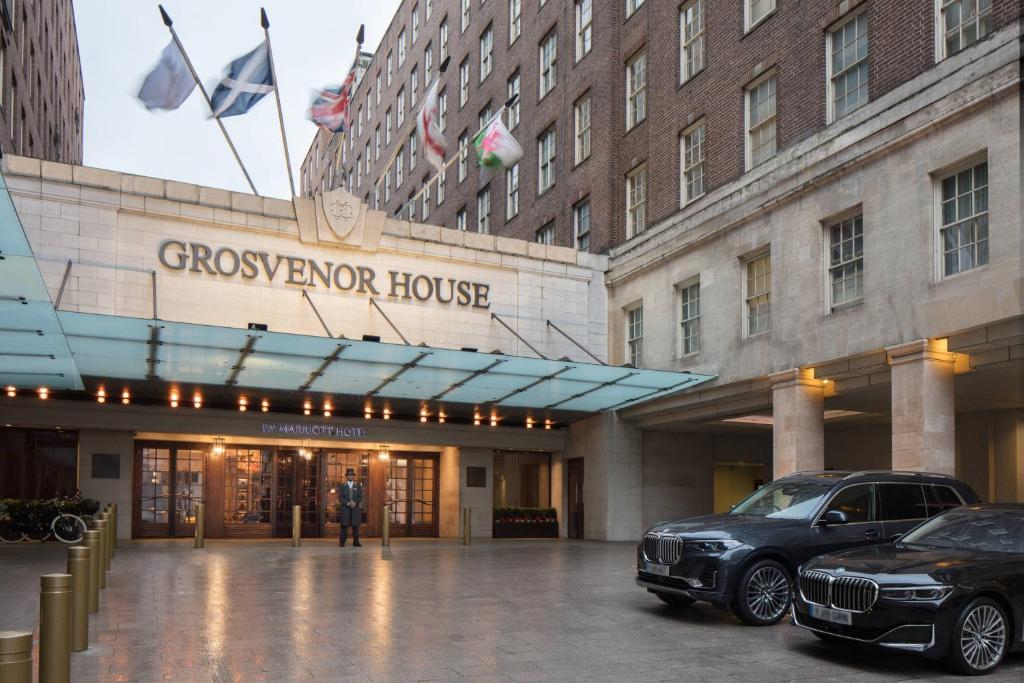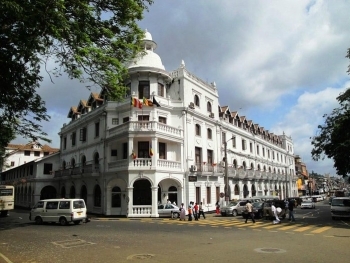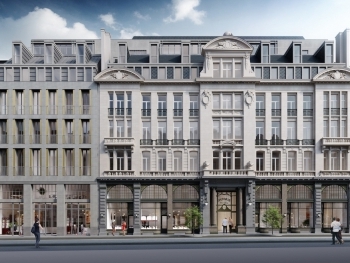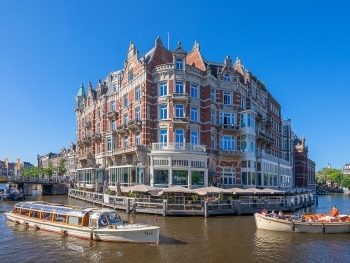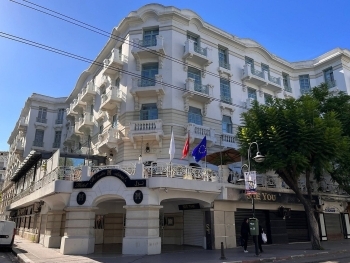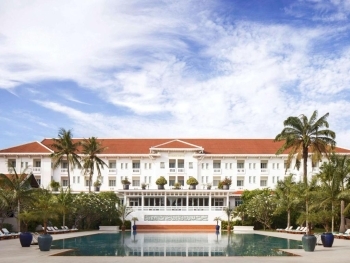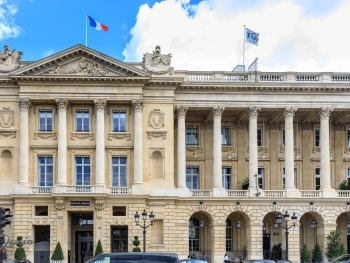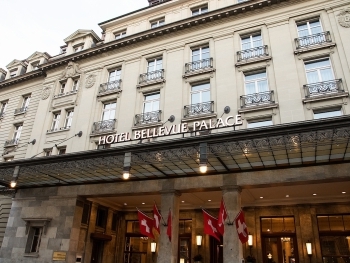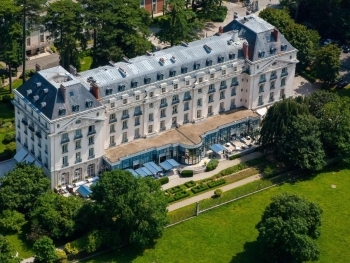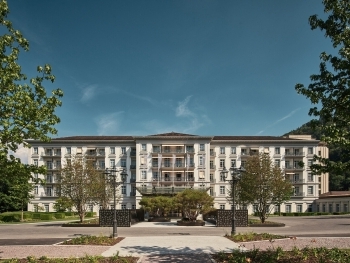Grosvenor House, an illustrious name in London's architectural and cultural heritage, stands as a testament to the city's dynamic history and evolution. Nestled in the affluent district of Mayfair, this landmark has witnessed a transformation from a grand aristocratic residence to one of the world's most renowned luxury hotels. This article delves into the rich history, architectural significance, and the modern-day legacy of Grosvenor House, offering a comprehensive exploration of its journey through time.
Historical Background
Early History
The origins of Grosvenor House can be traced back to the early 19th century when it was established as a grand townhouse. The property was named after the Grosvenor family, the Dukes of Westminster, one of the wealthiest and most influential aristocratic families in Britain. The family's vast estates and significant contributions to London's development, particularly in the Mayfair area, have left an indelible mark on the city's landscape.
The Grosvenor Family Legacy
The Grosvenor family's legacy is intricately linked to the development of Grosvenor House. The family's vast wealth, derived from their extensive landholdings and real estate ventures, allowed them to build an opulent residence that reflected their status and influence. Grosvenor House served not only as a private residence but also as a venue for grand social gatherings and important events, cementing its place in London's high society.
Architectural Significance
Design and Construction
Grosvenor House was designed in a neoclassical style, characterized by its grandeur, symmetry, and classical detailing. The architecture of the house was a reflection of the tastes and preferences of the time, emphasizing elegance and sophistication. The house featured a grand façade with impressive columns, expansive windows, and intricate stonework, making it a standout structure in Mayfair.
Transformation into a Hotel
In the early 20th century, Grosvenor House underwent a significant transformation. The original townhouse was demolished, and in its place, a grand hotel was constructed. This transition marked a new chapter in the history of Grosvenor House. The hotel, designed by renowned architects L. Rome Guthrie and Edwin Lutyens, combined modern amenities with the elegance and charm of the original residence, ensuring that Grosvenor House remained a symbol of luxury and refinement.
Grosvenor House as a Luxury Hotel
Opening and Early Years
Grosvenor House officially opened its doors as a luxury hotel in 1929. From the outset, it established itself as one of the premier hotels in London, attracting a prestigious clientele that included royalty, celebrities, and dignitaries from around the world. The hotel's prime location, coupled with its luxurious accommodations and impeccable service, made it a favorite among the elite.
Notable Events and Guests
Over the decades, Grosvenor House has played host to numerous notable events and guests. The hotel's prestigious Great Room, one of the largest ballrooms in Europe, has been the venue for countless high-profile events, including state banquets, charity balls, and award ceremonies. Notable guests have included Queen Elizabeth II, Winston Churchill, and numerous Hollywood stars, all of whom have added to the hotel's illustrious legacy.
Modern-Day Grosvenor House
Renovations and Upgrades
In recent years, Grosvenor House has undergone extensive renovations to ensure that it continues to meet the highest standards of luxury and comfort. These renovations have included upgrades to the hotel's rooms and suites, the introduction of state-of-the-art facilities, and the restoration of historical features. Despite these modernizations, the hotel has retained its historical charm and elegance, seamlessly blending the old with the new.
Current Offerings
Today, Grosvenor House offers a range of luxurious accommodations and amenities. The hotel features over 400 rooms and suites, each designed to provide the utmost comfort and sophistication. Guests can enjoy fine dining at the hotel's renowned restaurants, relax in the elegant lounges, and take advantage of the state-of-the-art fitness and wellness facilities. Grosvenor House continues to uphold its reputation as one of London's premier luxury hotels, offering a timeless experience that combines tradition with modernity.
Cultural Impact and Legacy
Contribution to London's Cultural Scene
Grosvenor House has made significant contributions to London's cultural scene. Its grand events and prestigious gatherings have become an integral part of the city's social fabric. The hotel's association with high society and its role in hosting important cultural and charitable events have cemented its status as a cultural icon in London.
Influence on Hospitality Industry
Grosvenor House's influence extends beyond its walls, impacting the hospitality industry at large. The hotel's commitment to excellence and its ability to adapt to changing times have set a benchmark for luxury hotels around the world. Grosvenor House's blend of historical grandeur and modern luxury serves as an inspiration for other establishments in the industry.
Grosvenor House stands as a symbol of London's rich history, architectural splendor, and cultural significance. From its origins as a grand aristocratic residence to its transformation into a world-renowned luxury hotel, Grosvenor House has remained a beacon of elegance and refinement. Its enduring legacy and continued relevance in the modern world are a testament to its timeless appeal. As it continues to host notable events and welcome distinguished guests, Grosvenor House remains an integral part of London's heritage, offering a glimpse into the city's illustrious past while providing an unparalleled luxury experience in the present.
